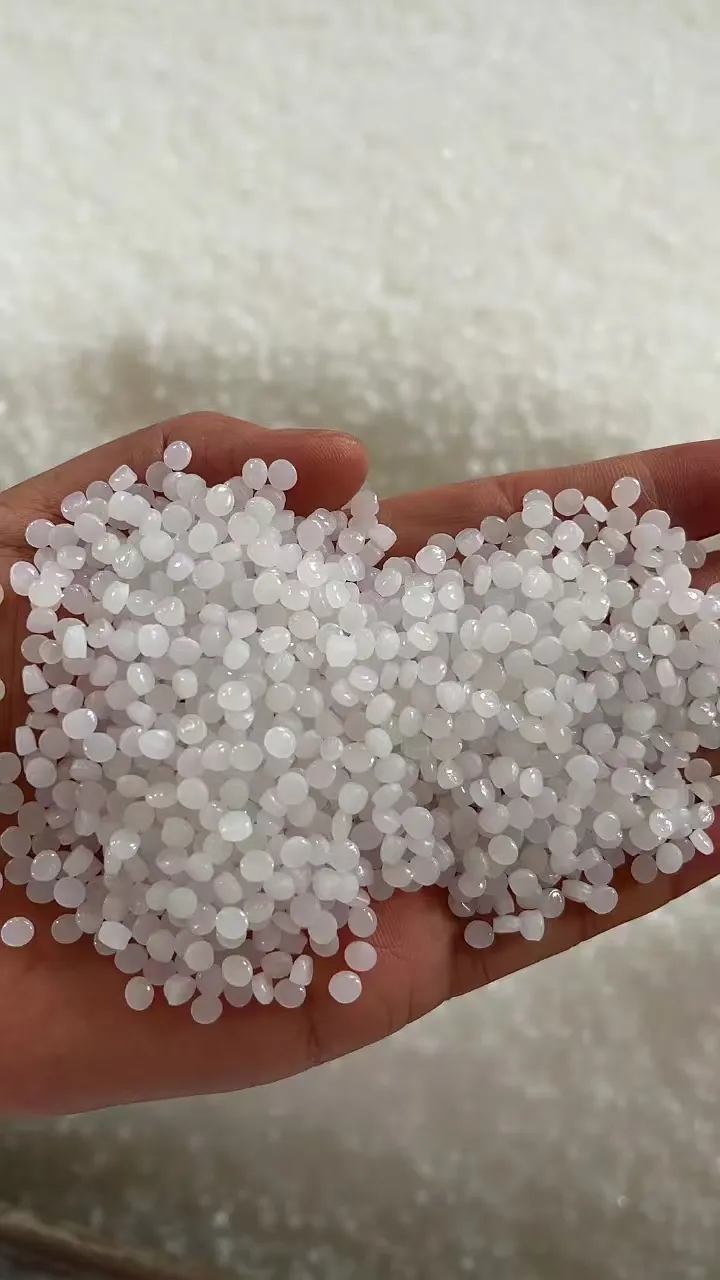-
 Afrikaans
Afrikaans -
 Albanian
Albanian -
 Amharic
Amharic -
 Arabic
Arabic -
 Armenian
Armenian -
 Azerbaijani
Azerbaijani -
 Basque
Basque -
 Belarusian
Belarusian -
 Bengali
Bengali -
 Bosnian
Bosnian -
 Bulgarian
Bulgarian -
 Catalan
Catalan -
 Cebuano
Cebuano -
 China
China -
 Corsican
Corsican -
 Croatian
Croatian -
 Czech
Czech -
 Danish
Danish -
 Dutch
Dutch -
 English
English -
 Esperanto
Esperanto -
 Estonian
Estonian -
 Finnish
Finnish -
 French
French -
 Frisian
Frisian -
 Galician
Galician -
 Georgian
Georgian -
 German
German -
 Greek
Greek -
 Gujarati
Gujarati -
 Haitian Creole
Haitian Creole -
 hausa
hausa -
 hawaiian
hawaiian -
 Hebrew
Hebrew -
 Hindi
Hindi -
 Miao
Miao -
 Hungarian
Hungarian -
 Icelandic
Icelandic -
 igbo
igbo -
 Indonesian
Indonesian -
 irish
irish -
 Italian
Italian -
 Japanese
Japanese -
 Javanese
Javanese -
 Kannada
Kannada -
 kazakh
kazakh -
 Khmer
Khmer -
 Rwandese
Rwandese -
 Korean
Korean -
 Kurdish
Kurdish -
 Kyrgyz
Kyrgyz -
 Lao
Lao -
 Latin
Latin -
 Latvian
Latvian -
 Lithuanian
Lithuanian -
 Luxembourgish
Luxembourgish -
 Macedonian
Macedonian -
 Malgashi
Malgashi -
 Malay
Malay -
 Malayalam
Malayalam -
 Maltese
Maltese -
 Maori
Maori -
 Marathi
Marathi -
 Mongolian
Mongolian -
 Myanmar
Myanmar -
 Nepali
Nepali -
 Norwegian
Norwegian -
 Norwegian
Norwegian -
 Occitan
Occitan -
 Pashto
Pashto -
 Persian
Persian -
 Polish
Polish -
 Portuguese
Portuguese -
 Punjabi
Punjabi -
 Romanian
Romanian -
 Russian
Russian -
 Samoan
Samoan -
 Scottish Gaelic
Scottish Gaelic -
 Serbian
Serbian -
 Sesotho
Sesotho -
 Shona
Shona -
 Sindhi
Sindhi -
 Sinhala
Sinhala -
 Slovak
Slovak -
 Slovenian
Slovenian -
 Somali
Somali -
 Spanish
Spanish -
 Sundanese
Sundanese -
 Swahili
Swahili -
 Swedish
Swedish -
 Tagalog
Tagalog -
 Tajik
Tajik -
 Tamil
Tamil -
 Tatar
Tatar -
 Telugu
Telugu -
 Thai
Thai -
 Turkish
Turkish -
 Turkmen
Turkmen -
 Ukrainian
Ukrainian -
 Urdu
Urdu -
 Uighur
Uighur -
 Uzbek
Uzbek -
 Vietnamese
Vietnamese -
 Welsh
Welsh -
 Bantu
Bantu -
 Yiddish
Yiddish -
 Yoruba
Yoruba -
 Zulu
Zulu
Effective Solutions for Using Insect Nets in Modern Agricultural Practices to Enhance Crop Protection
The Importance of Anti-Insect Nets in Agriculture
In the realm of modern agriculture, the protection of crops from pests has become increasingly vital. Farmers face numerous challenges, with insect infestations posing a significant threat to crop yields. To combat this issue, the use of anti-insect nets has emerged as an effective and sustainable solution. These nets serve as a barrier that prevents harmful insects from accessing crops while allowing essential resources such as sunlight, air, and rain to reach the plants.
Understanding Anti-Insect Nets
Anti-insect nets, also known as insect mesh or crop protection nets, are made from lightweight, durable materials that create a physical barrier against insects. They come in various mesh sizes, designed to filter out specific insect species while accommodating beneficial insects and pollinators. The use of UV-stabilized polyethylene or other synthetic materials ensures that these nets can withstand weather variations and last for several growing seasons.
Benefits of Using Anti-Insect Nets
1. Pest Control The primary advantage of anti-insect nets is their role in pest management. By physically blocking pests such as aphids, whiteflies, and caterpillars, these nets drastically reduce the need for chemical pesticides. This not only protects crops but also minimizes the environmental impact associated with pesticide use, promoting a healthier ecosystem.
2. Enhanced Crop Health With fewer pests to contend with, plants can grow more vigorously. Healthy crops are better equipped to resist diseases and withstand environmental stressors like drought or heavy rainfall. As a result, farmers can enjoy improved yields and better-quality produce.
anti insect net for agriculture

3. Resource Efficiency Anti-insect nets help optimize the use of resources in agriculture. By reducing the need for chemical inputs and lessening the labor required for pest control, farmers can save money and time. Furthermore, the nets protect against bird damage and harsh weather conditions, leading to even better resource efficiency.
4. Sustainable Farming Practices The increasing global focus on sustainable agriculture practices aligns closely with the use of anti-insect nets. By relying less on chemical pesticides and embracing natural pest control methods, farmers can contribute to a more sustainable food production system that benefits both the environment and human health.
Challenges and Considerations
While anti-insect nets offer numerous benefits, there are challenges associated with their use. Proper installation and maintenance are crucial for effectiveness. Farmers need to ensure that the nets are tightly secured and free from tears or gaps where insects could enter. Additionally, the initial investment in purchasing these nets might be a barrier for some farmers, particularly smallholders. Educating farmers about the long-term savings and benefits can be essential in promoting their use.
Conclusion
In conclusion, anti-insect nets represent a promising advancement in agricultural pest management. By providing an effective barrier against pests, these nets support healthier crops, reduce the reliance on harmful pesticides, and promote sustainable farming practices. As the agricultural sector continues to adapt to the challenges posed by climate change and pest resistance, the adoption of innovative solutions like anti-insect nets will be crucial for ensuring food security and environmental sustainability. As more farmers recognize the advantages of these nets, we can hope for a future where agriculture remains productive, safe, and ecologically balanced.
-
Why Construction Steel Mesh is the Backbone of Modern InfrastructureNewsJun.27,2025
-
The Ultimate Solution for Versatile Industrial and Consumer ApplicationsNewsJun.27,2025
-
Smart Breeding Starts Here: The Ideal Breeder Net for GuppiesNewsJun.27,2025
-
Maximize Your Harvest with Smart NetNewsJun.27,2025
-
High-Performance Steel Mesh Solutions for Modern IndustryNewsJun.27,2025
-
Durable Solutions for Modern Agriculture and LandscapingNewsJun.27,2025











